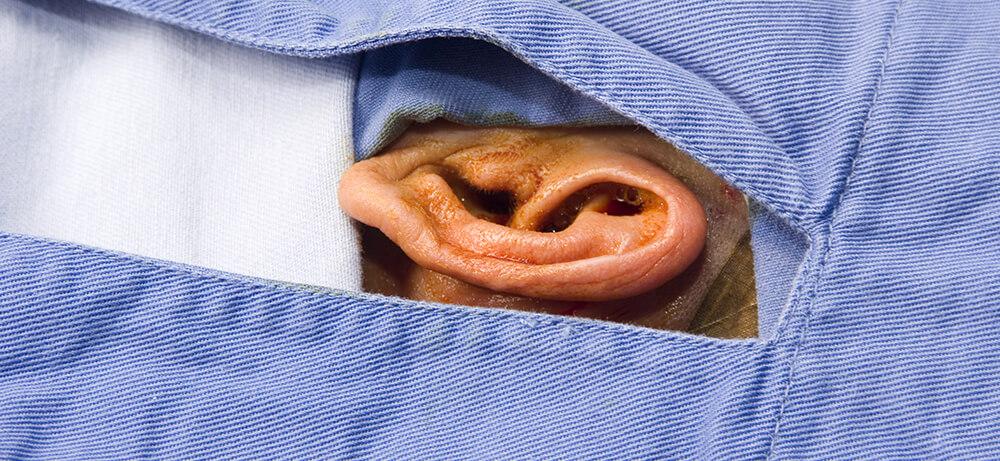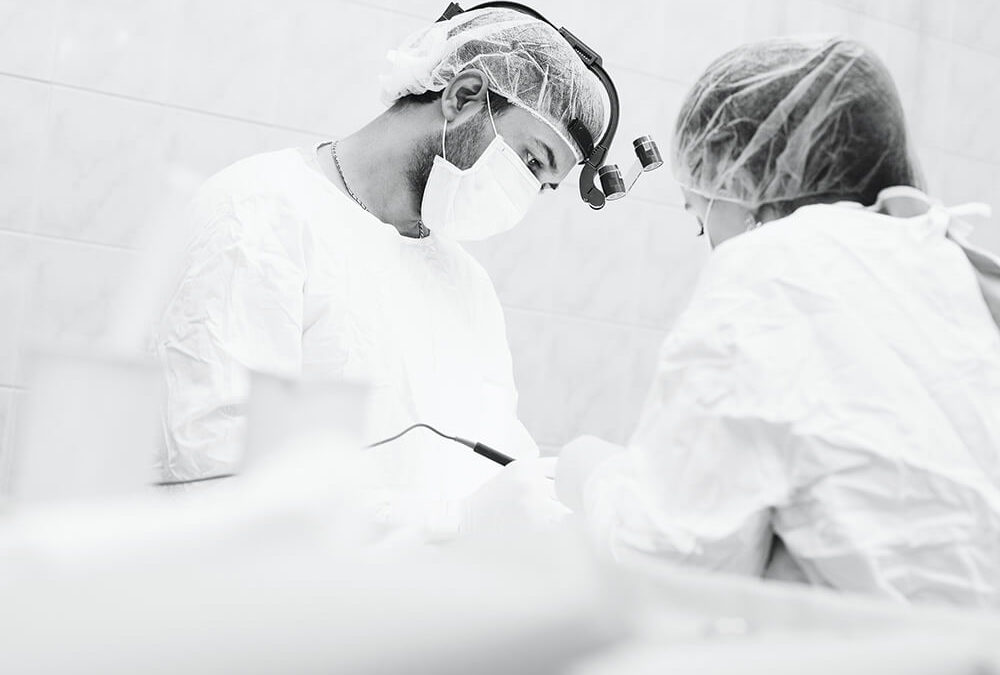With breast augmentation surgery remaining one of the most popular procedures in America, people might think surgeons know all there is to know about breasts. However, many plastic surgeons are just starting to recognize what seems to be a very common breast abnormality. Though more research is being conducted on the disease, there has been no proven cause to date. It is called Hypoplasia, and background of the deformity, the physical traits it presents, and its treatments are just starting to gain traction as a popular topic among professionals as augmentations become both more affordable and more sought after.
Background
Hypoplasia, or tuberous breasts, occurs in both men and women and is the result of a congenital abnormality. A congenital abnormality is defined as an irregularity in the structure of a body part. While someone who was born with a more serious abnormality may find that it is a hinderance to their everyday life, this is typically not the case with tuberous breasts. Some studies suggest that anywhere from one to five percent of patients who undergo breast surgery have the condition. Unfortunately, lack of research, knowledge, and insurance coverage surrounding the abnormality means that medical professionals cannot venture a guess as to the number of people affected by tuberous breasts. What little information we have today stems from research performed by two doctors, Rees and Aston, who published their findings in an article entitled “The tuberous breast” in 1976. The condition has been also called conical breast, hypoplastic breasts, or, insultingly, “snoopy breasts” as a reference to the nose of the cartoon dog Snoopy.
Physical Traits
The developmental abnormality begins during puberty when proper growth of the breast is stunted. It results in large, puffy areolas, minimal breast tissue with concentration at the top of the breast, intense sagging (ptosis), a high and constricted inframammary fold (the crease where the breast meets the body), and wide breast spacing. All these symptoms work together to create a tube-shaped breast where there is little “underboob” to support any tissue at the top of the breast. In severe cases, the narrow, tubelike breast shape results in a downward-facing nipple and/or underdeveloped milk glands, both of which can complicate breast feeding in some women. However, most women with tuberous breasts suffer no physical complications.

Treatment
Breast augmentation photos prove this procedure can be done in such a way that tuberous breasts are no longer an issue. However, the process is different than a typical augmentation. First, many patients may have to undergo tissue expansion depending on the severity of their case. The technique involves a tissue expander which in implanted in an initial surgery and, over the course of a few weeks, slowly inflates to stretch the skin and muscle to make room for a standard implant. Then, in a second surgery, the expander is removed and replaced with a more permanent breast implant. The surgery can be more costly than standard augmentations, and therefore more expensive. Unfortunately, the surgery is still considered cosmetic under most American insurance providers despite being a congenital deformity.
More research is being conducted on this abnormality as its presence becomes a part of mainstream breast augmentation discussions. As doctors become more aware if the causes and effects of hypoplasia, it will hopefully be easier to treat. The United Kingdom has already covered the surgery under many insurance programs in the country, so America may not be far behind. In any case, it looks as though “boob-tube” is no longer just an old term for the television.

